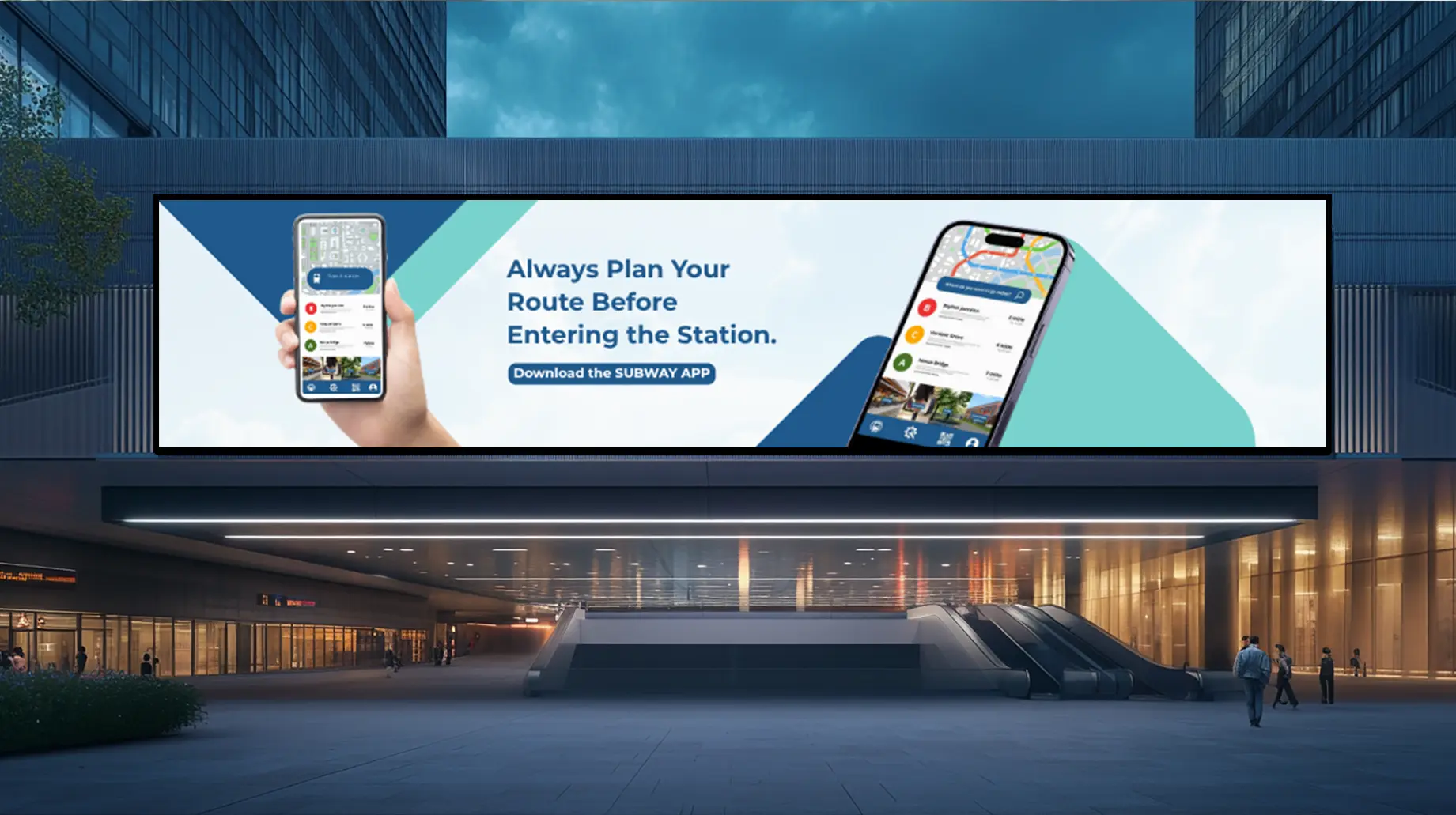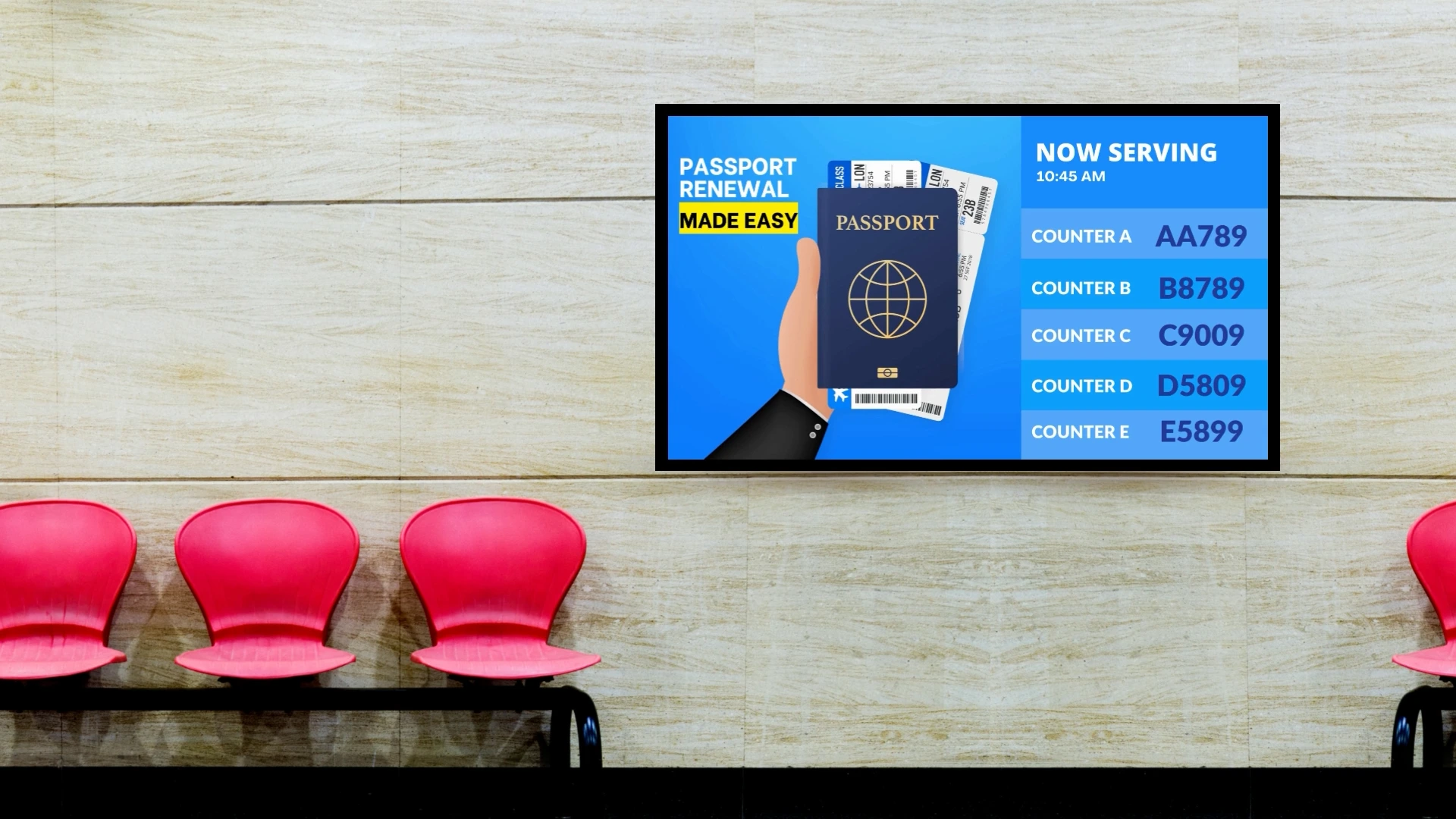The power of Scala Passenger Information Display Systems for Transport Digital Signage
by Tahir Imran
The power of Scala Passenger Information Display Systems for Transport Digital Signage
by Tahir Imran
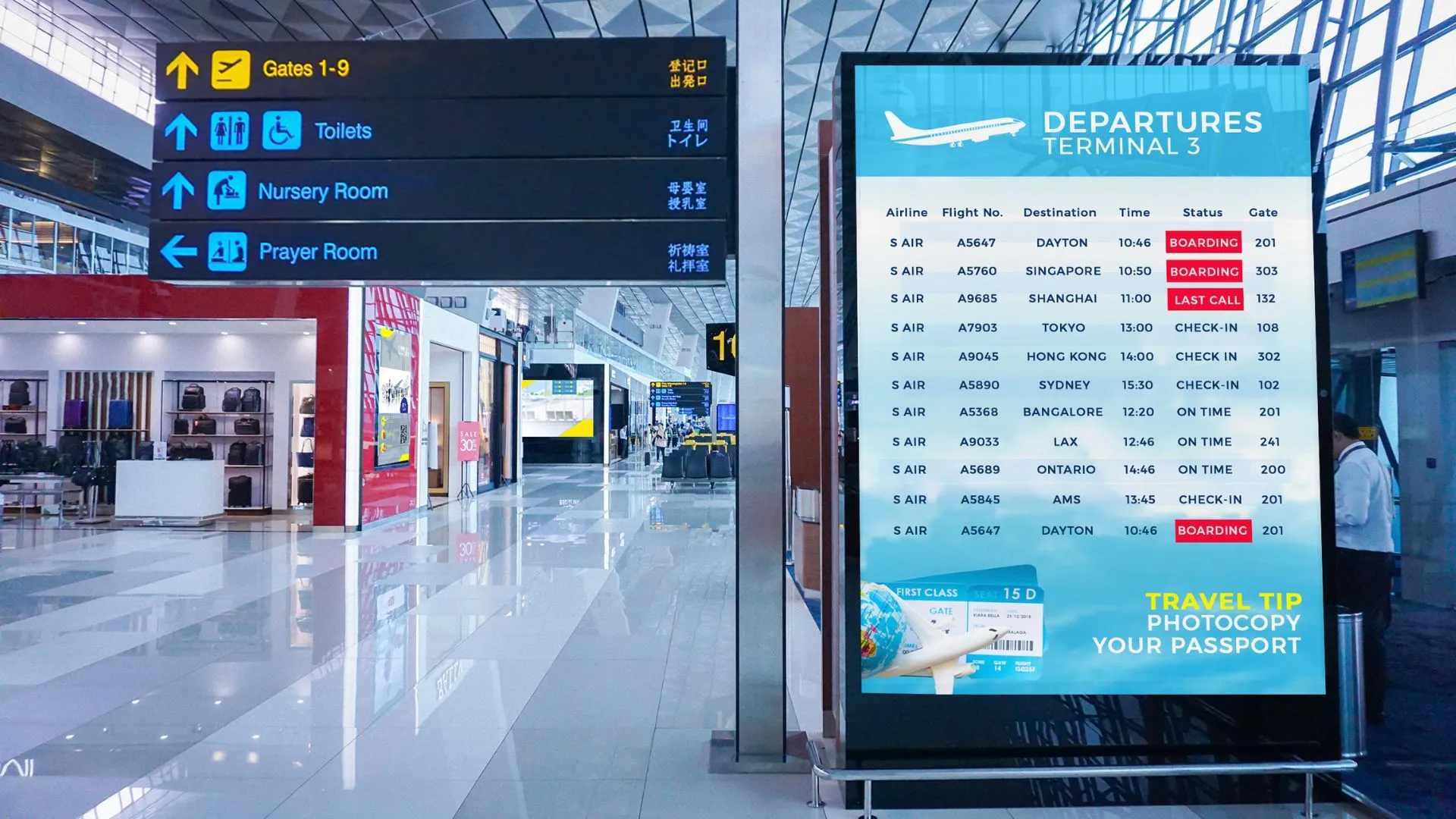
The benefits of digital signage for transport
Digital signage and interactive displays stand at the confluence of technology and communication, bringing a host of benefits to transport hubs. They not only enhance the passenger experience but also streamline information delivery, making travel smoother and more enjoyable. In the sophisticated tapestry of India’s smart cities, these technologies serve as vital threads, weaving together a narrative of progress and connectivity.
For metro stations and bus terminals, transport digital signage offers real-time information and updates, reducing confusion and making transit less stressful. Passengers are greeted with vibrant, clear displays showing timetables, routes and essential announcements, ensuring that the pulse of urban movement remains uninterrupted. This seamless flow of information is pivotal in enhancing the efficiency of public transportation systems, thereby supporting the broader objectives of smart cities.
Airports worldwide are also embracing digital signage and interactive displays with open arms. These technologies elevate the travel experience by providing flight information, directions, digital wayfinding and even entertainment. The deployment of interactive kiosks and wayfinding solutions takes the airport experience from mundane to extraordinary, underscoring the commitment to technological integration and passenger satisfaction.
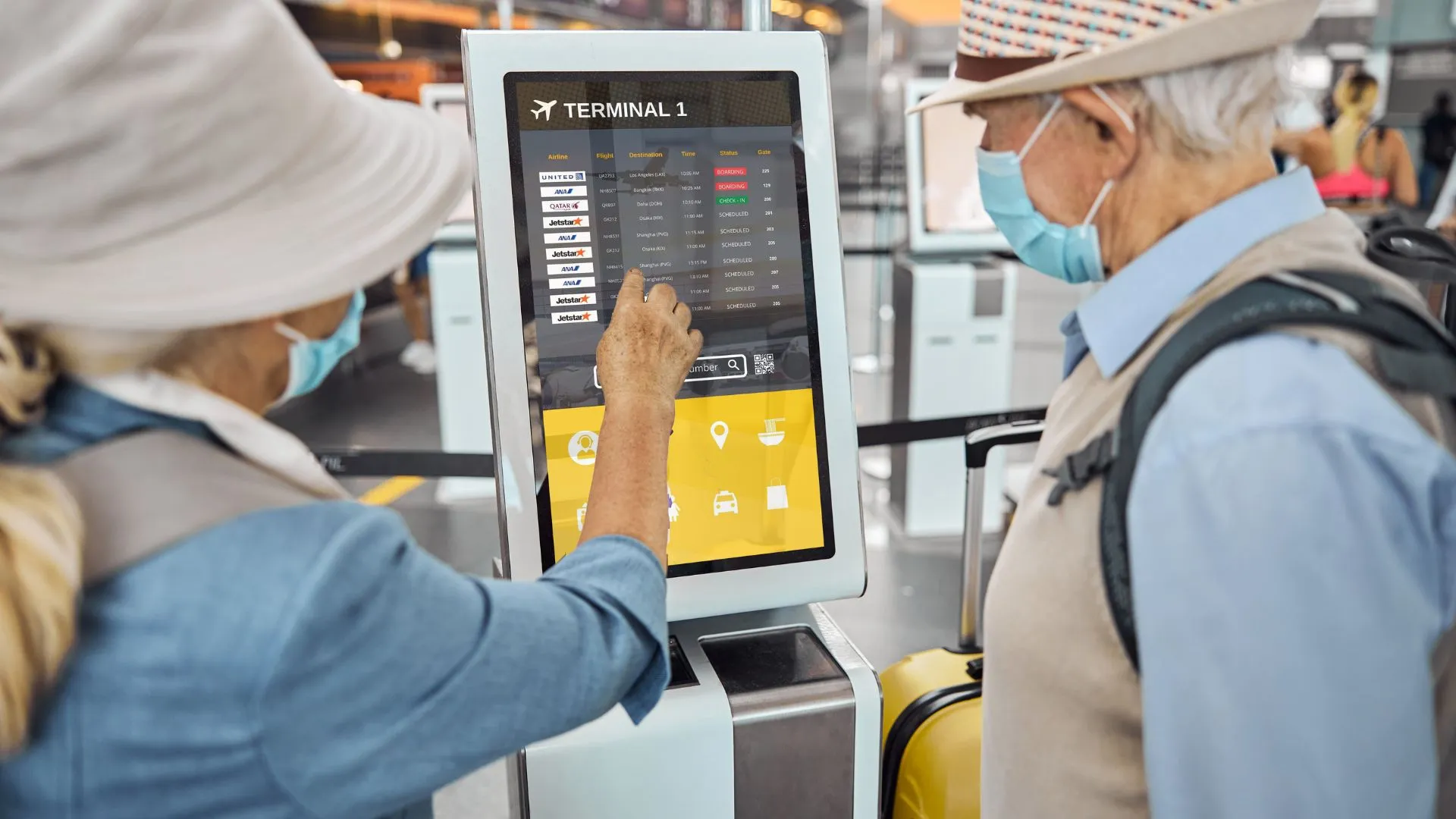
Scala solutions for modern transport hubs
Scala Passenger Information and Flight Information Display Systems (PIDS/FIDS) offer a suite of features tailored to meet the dynamic needs of modern transit and airport environments. From real-time updates to emergency alerts, these systems are transforming the way information is disseminated, ensuring passengers are well-informed, safe, and able to navigate transport networks with ease.
Let’s delve into the eight pivotal uses of Scala passenger information display systems in the realm of transport digital signage solutions.
1. Real-time transport updates
In today’s fast-paced world, the ability to deliver instant transport updates is crucial to keeping passengers informed and happy. Scala PIDS/FIDS allows the delivery of up-to-the-moment details on service schedules for airports and transport hubs, including departures, arrivals, and any unforeseen delays or cancellations. This helps ease uncertainty and prevent lengthy delays, facilitating a smoother flow of passengers and enhancing the efficiency of transport services. Through comprehensive data analytics and integration with master traffic systems, Scala PIDS can deliver precise and up-to-the-minute information, streamlining journeys and creating more organised and reliable transport systems.
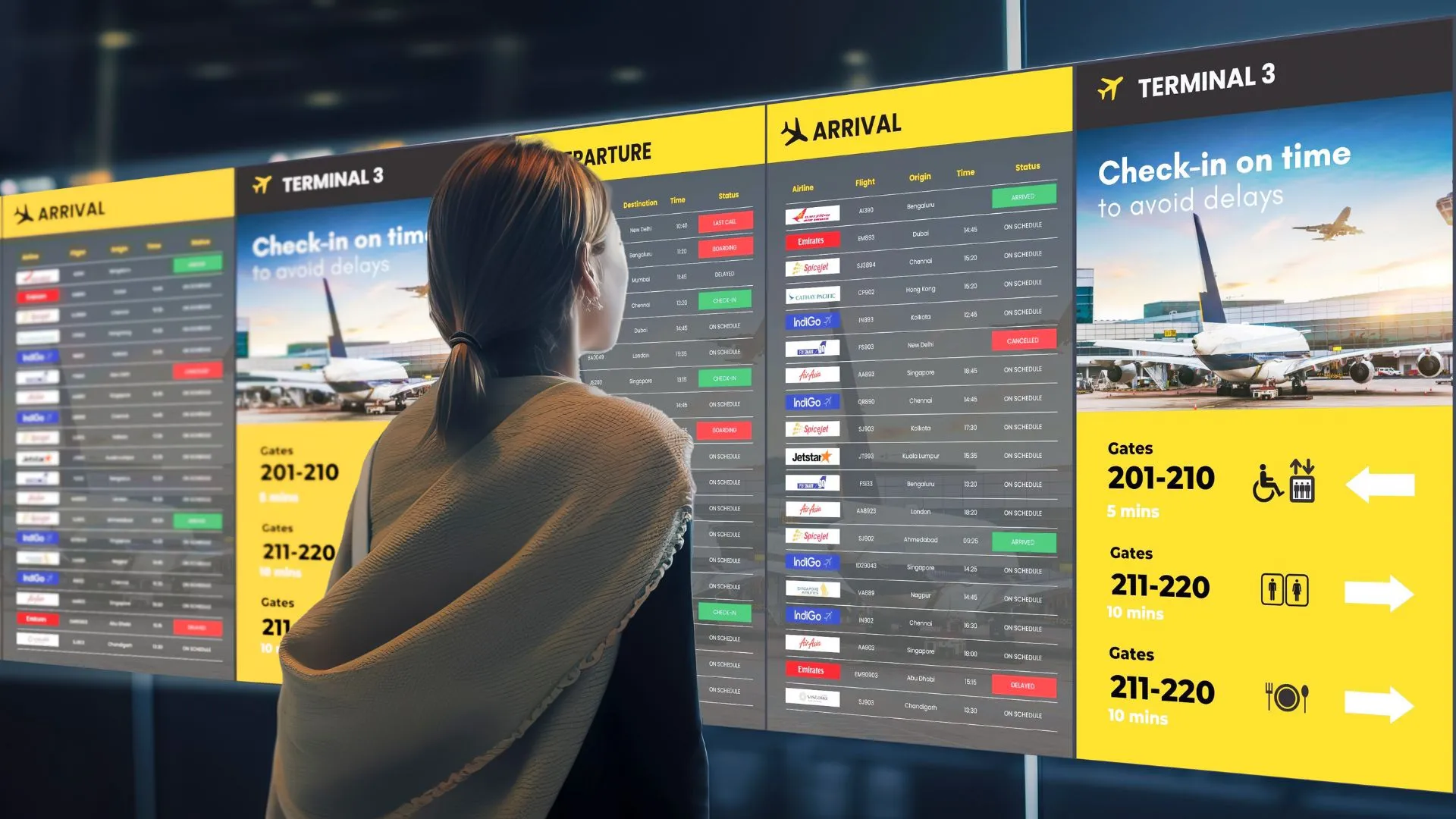
2. Flight, Bus and train timetable display
Access to accurate and concise timetable information is a key element of seamless passenger journeys. Scala PIDS and FIDS systems excel in this arena, offering passengers the essential details of bus, train and flight schedules directly at their fingertips.
3. Digital Information Display
Beyond timetabling, flight schedules and real-time transport updates, Scala PIDS/FIDS can also be used to deliver other important and useful information to travellers, from fare information and ticketing options to local weather conditions, latest news, infotainment and advertising. This makes for a more convenient experience in what can be stressful environments, as well as enriching the overall process of travelling.
4. Navigation with digital wayfinding
It can be challenging to navigate sprawling airports and transport hubs. Scala’s innovative digital wayfinding solutions can greatly ease the stress of wayfinding in busy transport hubs, through interactive wayfinding kiosks and displays and digital signage. Moreover, the efficiency of digital wayfinding aids in maintaining a smooth operational flow within transport hubs.
5. Emergency alerts and safety information
In times of crisis, a reliable emergency alert system is vital to maintain passenger and staff safety. Scala PIDS and FIDS are engineered to disseminate vital emergency alerts and safety directives swiftly, alerting passengers and transport staff with important alerts about weather conditions, security incidents or critical service interruptions.
6. In-transit communication
On-board information displays are another critical tool for transport services to keep passengers informed and updated, bridging the gap between passengers and transport operators during travel. Integrated with passenger displays at stations and platforms, these systems can convey critical updates and timetable information, highlighting upcoming stops, onboard amenities other important information.
7. Customer feedback solution
An important part of service improvement for transport hubs is the ability to collect customer feedback. With digital feedback systems such as interactive tablets, screens and kiosks, passengers can provide valuable feedback about the service and facilities in real-time, allowing transport hub operators to quickly resolve issues and incorporate customer feedback into future planning.
8. Virtual Helpdesk
Virtual helpdesk and self-help services, powered by interactive kiosks, can provide a convenient one-stop information desk for round-the-clock virtual assistance. This solution helps airports and other transport hubs enhance customer service by enabling passengers to have real-time conversations with airport staff via video call. Passengers with special needs can request for extra assistance, mobility aids and porter services, as well as access wayfinding and other important information.
Trust Scala for leading digital signage solutions for transport
Scala is your trusted partner for innovative transport digital signage solutions. We are helping airports and transport hubs around the world deliver seamless passenger experiences, modernising travel for today’s discerning consumer. Discover Scala solutions for transport today: https://apac.scala.com/in/industries/transportation/
About the Author:
Tahir Imran is Assistant Vice President, Research and Development, responsible for leading and managing the research and development efforts of STRATACACHE/ Scala in Asia-Pacific. With a background in science and engineering, he has extensive experience in research, product development, and project management. He works closely with teams across the organisation from marketing to operations and sales, to develop and implement strategies for new product development, as well as improve existing products. He stays up-to-date on industry trends and emerging technologies, leveraging this knowledge to drive innovation and maintain a competitive edge in the marketplace.

